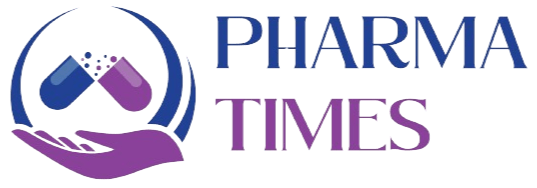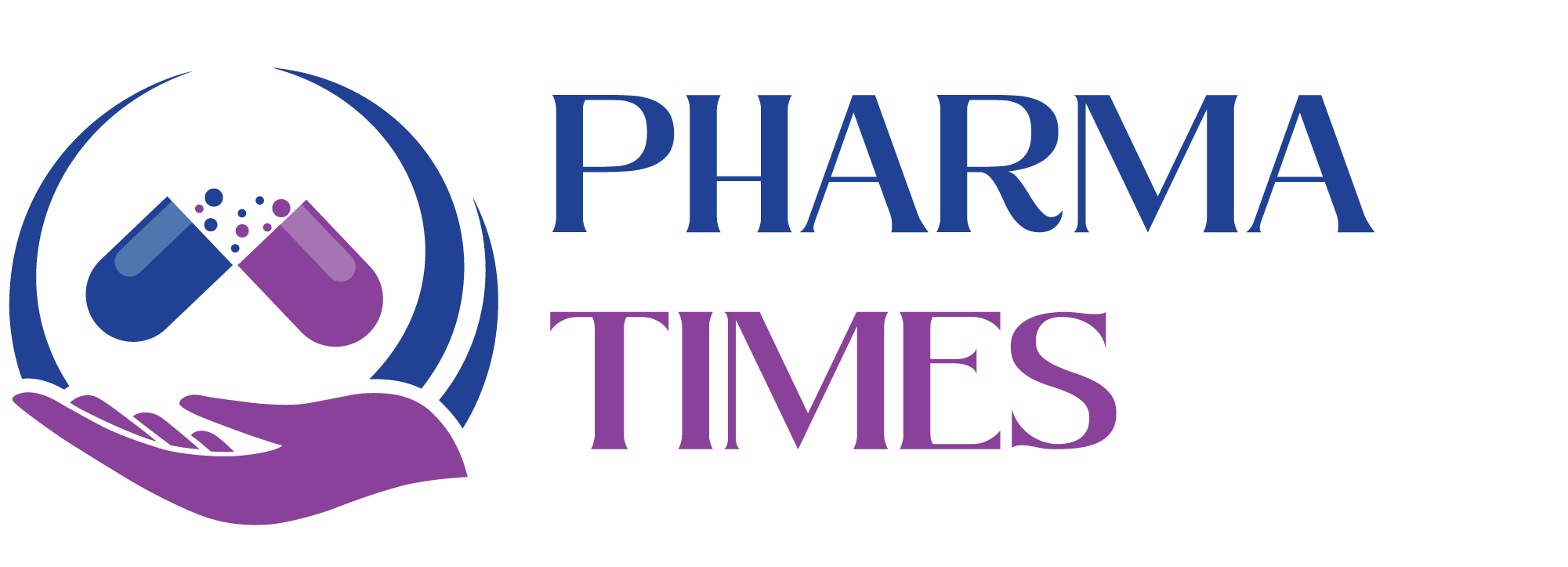SOP – Handling of Deviations
Purpose
To establish the procedure for initiating, investigating, reviewing, approving, monitoring, and closing deviations.
Scope
This SOP applies to all deviations observed during any stage of receipt, handling, storage, processing, testing/analysis, documentation , manufacturing, and packaging within XYZ Company.
Responsibility
3.1. Shift In-charge/Chemist of Concerned Department
- Responsible for reporting and initiating the deviation.
3.2. User Department
- Responsible for investigating, authorizing, executing CAPA (Corrective and Preventive Actions), providing training, and closing the deviation.
3.3. Investigation Team
- Investigate the impact of the deviation and participate in the investigation to define CAPA.
3.4. Executive QA
- Responsible for reviewing the root cause and CAPA.
3.5. Head QA
- Responsible for the approval or rejection of the deviation, providing input, and ensuring the closure of the deviation.
Accountability
The Head of QA is accountable for the implementation of procedures as per the defined SOP (Handling of Deviations).
Procedure
6.1. Definitions
6.1.1. Deviation
Any departure from the established systems or standard procedures at any stage of manufacturing, packaging, testing, holding, storage.
6.1.2. Correction
Repair, rework, or adjustment related to the disposition of an existing discrepancy.
6.1.3. Corrective Action
Action taken to eliminate the causes of an existing non-conformity, defect, or other undesirable situation to prevent recurrence.
6.1.4. Preventive Action
Action taken to eliminate the causes of a potential non-conformity, defect, or other undesirable situation to prevent occurrence.
6.2. Categories of Deviation
6.2.1. Critical Deviation
Deviation that could significantly impact product quality or the GMP system.
6.2.2. Major Deviation
Deviation that may impact the quality, purity, strength, stability, safety, efficacy, or physical characteristics of the product.
6.2.3. Minor Deviation
Deviation that may not impact the purity, strength, stability, safety, efficacy, or physical characteristics of the product.
6.3. Deviation Handling
Deviations that occur during the implementation of laid down procedures, including but not limited to quality systems, raw materials, packing materials, SOPs, approved vendors, validations, qualifications, and GMP practices, shall be processed as per the handling of deviations procedure.
6.4. Examples of Critical Deviation
6.4.1. Cross-contamination or product mix-up in a product.
6.4.2. Failure in a process step during manufacturing.
6.4.3. Use of obsolete batch documents or test methods.
6.4.4. Wrong issuance of materials.
6.4.5. Filter integrity failure.
Critical deviations shall be closed within 10 working days from initiation, as they may significantly impact product quality and yield.
6.5. Examples of Major Deviation
6.5.1. Extension of established hold time of drug product/in-process material at any processing step that may affect quality.
6.5.2. Equipment failure during product processing.
6.5.3. Calibration failure of instruments or equipment.
6.5.4. Calculation errors or incorrect reporting of values during analysis that were not noticed at the time of occurrence or batch approval.
6.5.5. Failure to follow approved written procedures from the BMR.
6.5.6. Process parameters not meeting specified limits.
Major deviations shall be closed within 30 working days.
6.6. Examples of Minor Deviation
- Incorrect reporting of analytical results.
- Calculation errors not affecting final values.
- Missing entries in the logbook.
- Spillage of dispensed material during handling.
- Minor deviations shall be addressed within 30 working days.
6.7. Deviation Handling Procedure
6.7.1. Any person identifying or encountering a deviation from approved processes, SOPs, BMRs, etc., shall immediately notify their superior and communicate the deviation to the HOD of the QA department within 24 hours.
6.7.2. The Department HOD shall conduct a preliminary investigation to evaluate and authorize the immediate action taken for the deviation and forward it for further action.
6.7.3. The respective HOD may suggest preventive measures to avoid future occurrences of similar deviations, including amendments to current SOPs/specifications/test procedures, or the creation of new SOPs/specifications/test procedures.
6.7.4. The Associate -QA/Executive-QA/Designee shall assign a deviation number for each deviation, record the details in the “Log Book for Deviation” as per Format No: XYZ/QA/015/F-04 and on the Deviation Report as per Format No: XYZ/QA/015/F-01, issuing it to the concerned department based on the indent.
6.7.5. A unique numbering system for deviations is as follows:
XX/YYY/ZZ
- XX: Indicates code for Deviation Report.
- YYY: Serial Number starting from 001.
- ZZ: Last two digits of the year.
Example: DR/001/24.
6.7.6. Upon receipt of the “Deviation Report” the QA department shall review the nature of the deviation, reasons if any, analysis results of the batch (if applicable), immediate actions taken, and impact assessment to classify the deviation as Critical, Major, or Minor, and suggest further investigation by the HOD QA.
6.7.7. If further investigation is required, QA shall initiate a preliminary investigation in coordination with the concerned department and other applicable departments (if required).
6.7.8. The investigation team shall review the documents related to the deviation in applicable areas.
6.7.9. The QA department is responsible for verifying that all sections are completed before making remarks in the deviation report. Depending on the issue’s nature, QA shall indicate the departments to be involved and form an investigation team .
6.7.10. If no root cause is identified in the investigation for process-related deviations, QA shall suggest that R&D conduct experiments.
6.7.11. The R&D department may suggest a procedure with justification and/or data, which shall be reviewed and approved by QA for the resolution of the deviated product.
6.7.12. Further investigation shall extend to other areas to take preventive actions to avoid recurrence.
6.7.13. Once the investigation is completed, the findings shall be summarized in a separate investigation report or as per Annexure as applicable and appended to the deviation report.
6.7.14. Depending on the nature and severity of the issue, any section of the Deviation Report that is not applicable may be marked as “Not Applicable.”
6.7.15. The QA department shall indicate whether the batch impacted batch or re-processed batch after correction shall be kept for stability if required.
6.7.16. Review whether training is conducted before implementing the corrective action plan.
6.7.17. The investigation team shall prepare an investigation report and append it to the “Deviation Report” along with the training record.
6.7.18. QA shall ensure that all sections are completely filled and shall identify the investigation tool as per Annexure and prepare a report with corrective, preventive action and recommendations.
6.7.20. If there is a deviation in the process, equipment, or instrument, then the previous batches produced or analyzed in the immediate period prior to the deviation shall also be subject to investigation to confirm the results obtained previously.
6.7.21. If previous batches are released, initiate a recall and proceed as per the “Product Batch Recall” procedure.
6.7.22. The Head QA shall review the impact of the deviation on product quality, process performance, yield, GMP, or required regulatory commitments, and analytical requirements, then release/hold the batch and revisit/modify the initial classification made.
6.7.23. All deviations reported in any batch shall be investigated and closed before the batch release. However, identified CAPAs shall remain open and be implemented as per the defined timelines.
6.7.24. The details of the actions taken and the status of the deviation shall be entered in the “Log Book for Deviation” .
6.7.25. Executive QA/Designee shall verify the completion status of the recommendations.
6.7.26. After completing the recommendations, Executive/Designee QA shall write comments and forward them to the Head QA/Designee for closure.
6.7.27. The original copy of the closed deviation, along with the investigation report, shall be maintained in QA.
6.7.28. If a batch deviation not reported by production is noted during the BMR review by the QA section, note the deviation in the batch observation and hand it over to the Production department. Production personnel shall raise the deviation based on the observation if required.
6.7.29. Any batch affected by deviation shall be released only after final evaluation and conclusion by the Head QA/Designee.
6.7.30. The deviation report can be closed after identifying the root cause, and any CAPA initiated shall remain open until the completion of corrective and preventive actions.
6.7.31. As per the OOS ,investigation of manufacturing, if it is deviated, a deviation shall be initiated as per the deviation procedure.
6.7.32. Critical deviations shall be closed within 10 working days from the date of initiation, and Major deviations shall be closed within 30 working days from the date of initiation. If not, justify the delay and inform QA through the “Deviation Extension form”
6.7.33. An interim report shall be prepared with justification for extending the timelines for closing the deviation.
6.7.34. The Associate-QA/Executive-QA/Designee shall enter the closure status of deviation details in the “Log Book for Deviation Control”.
6.7.35. Trend analysis for deviations shall be performed yearly to elevate the quality management system established in the organization.
6.7.36. Risk assessment/impact assessment for Critical/Major deviations shall be performed as per SOP “Quality Risk Management”.
6.7.37. All deviations related to products shall be reported in the Annual Product Quality Review.
6.8. Deviation Intimation Procedure
Deviations classified as Critical/Major shall be communicated to the respective customers through the Marketing department or by Quality Assurance department.

